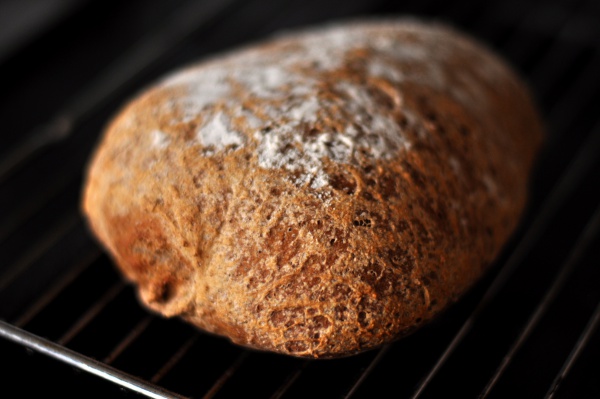Facts About Nordic bread culture
The bread culture of the Nordic countries—Denmark, Finland, Norway, and Sweden—has been a foundational aspect of life from ancient times to today. The history of bread in these nations extends back to prehistoric eras, with grains like barley, rye, wheat, and oats playing pivotal roles. Rye predominated until the 20th century, but there is now a resurgence in the use of ancient grains like emmer and spelt for creating new bread varieties.
In Denmark, rye bread, often baked with sourdough and malt syrup, was a staple, while more refined breads were reserved for special occasions. Finland's bread traditions were shaped by barley, rye, and oats, with regional flavors adding unique twists. Due to harsh climates, Iceland had to import grains and got creative with local ingredients like dulse and Iceland moss to make bread substitutes.
Norway's bread history features wheat as a luxury for the elite, while the common folk ate coarse bread made from barley and oats. Flatbreads like lefser were reserved for festive occasions. In Sweden, bread-making was traditionally a man's job, with rye flour being a common ingredient. Over time, various bread types emerged, influenced by regional and cultural practices.
Today, there is a renewed interest in traditional bread-making techniques across the Nordic countries, along with a surge of innovative bread products. New flours, passionate bakers, and creative bread ideas have breathed new life into Nordic bread culture. While each country has its unique bread traditions, they share common threads in grain use, baking methods, and cultural influences.
Nordic bread culture today is a blend of ancient traditions and modern creativity, emphasizing bread's role as both a staple food and cultural icon. The variety and depth of Nordic breads highlight the region's culinary heritage and ongoing evolution in bread-making.

 Sweden
Sweden